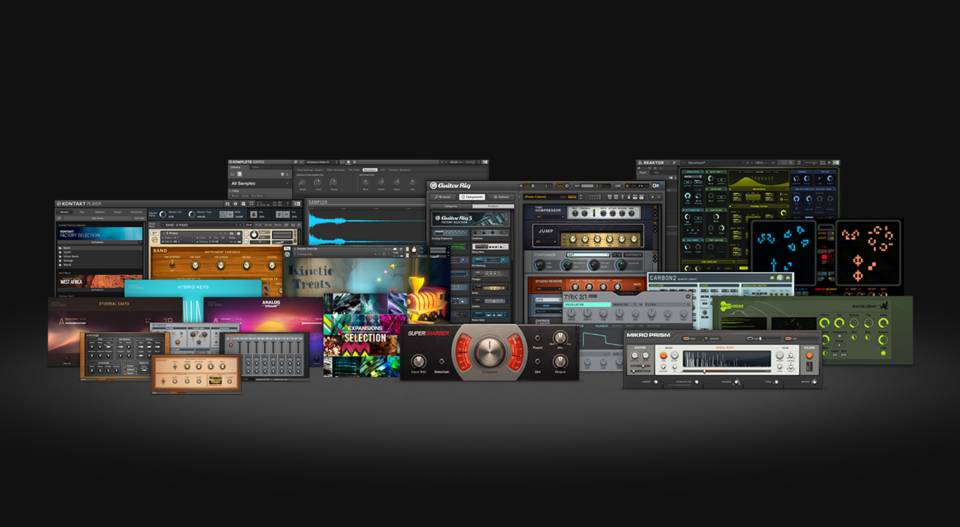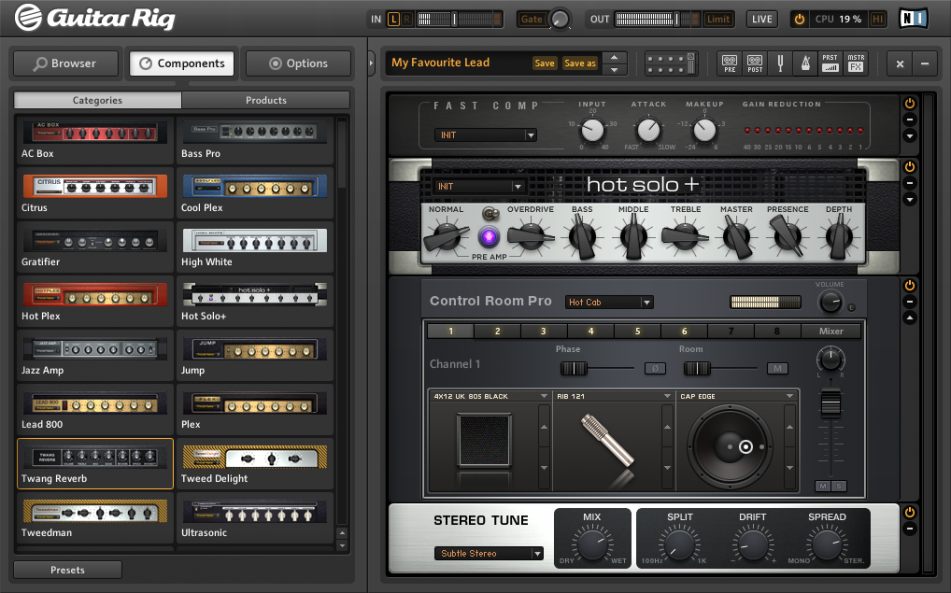

- #Native instruments software synthesizers comparison how to
- #Native instruments software synthesizers comparison free
The next step is to add some form of distortion, overdrive or saturation. Notice the slight pumping sound on the longer sustained chords – if this sound is part of a larger production, this slight rhythmic variation may add some nice movement to the arrangement. In this example, you will hear the intensity brought on by the compressor, which is set with a ratio of 20:1 with constant gain reduction of 16 dB. If you have a multiband compressor, experiment with that in this spot as well.

This isn’t a hard and fast rule by any means, so also try swapping them and listen to the results. Put the EQ before the compressor, so that it compresses the new sound that was created with the EQ. Keep your EQ engaged and experiment with the interplay between your EQ and your compressor. This use of compression will not only change the dynamics of your sound but it will alter the tone altogether. When working with pads it sometimes makes sense to have 5-10 dB of reduction happening constantly. It probably sounds a lot more intense and gritty than it did before. Try setting your ratio to 12:1 or even 20:1 and crank your threshold down to minus 20 or 30 dB and listen to what your synth sounds like. As with the use of EQ, start with extreme settings to get a sense of what is possible. It is more like using compression as a tonal tool. Since we’re using a pad in this case there will be few transients and dynamics to control. Notice how the sound is thinner in the low end but also smoother overall.Īnother great way to shape your soft synth sound and add warmth is by the creative use of compression. In the example below, everything below 174hz has been rolled off, and a 1.3 dB dip has been added with a Q of 2.0 at 380hz and a 4 dB dip with a Q of 1.7 at 740hz. Making small moves is great when you’re mixing an already dialed in sound but when you’re creating the sound from the beginning. When applying EQ, it makes sense to start with extreme moves that will noticeably shape the sound so that you can really get a sense of what’s useful. Try taking away everything above 1 or 2k and listen to what’s left. Sometimes the opposite is necessary to make your synth feel warmer and maybe less bright or harsh. If you roll off everything below 300hz, for example, you will have a much different sound than one that includes all of the sonic information below 300hz. Another great thing to do with an EQ is to set fairly steep high or low pass filters and experiment with what you can refer to as “bandwidth limiting,” or limiting the frequencies in which the synth is working. Sometimes the synth you are working with has a great sounding filter of its own but isn’t capable to get the kind of detail that you get with a fully sweepable, multiband parametric EQ with an adjustable Q. The beauty here is that you can really impact the sound of your synth by doing a simple low cut, a high boost or some combination of the two. Here is a synth pad, totally dry, for you to hear as an example.Ī good place to start with plug-ins is the EQ. Check out below to see some select techniques for doing just that – adding warmth and vibe to a sound by using readily available plug-ins. The goal here is to have a basic sound that you like, but that you know could use some character to make it really stand out. Or, if you’re a bit more adventurous, you can build your own synth with, let’s say, two oscillators (a sine and a saw that are polyphonic, for instance) followed by a filter.
#Native instruments software synthesizers comparison free
Feel free to pull up a synth pad or string preset in your favorite DAW. Despite the love for hardware synths and modules we often reach for something “in the box” to move quickly and keep the creativity flowing, working to create new and interesting sounds. The affordability, portability, and flexibility make soft synths super useful. Writing and producing music, we mostly use soft synths. When adding warmth to a track, the aim is to make it feel analog, real, and uniquely human. What does it really mean, when people talk about adding warmth to music? Does it relate to frequency, a certain presence, a fullness of tone? Warmth is one of the most difficult terms to articulate because it can mean so many different things to different people.įor the sake of this conversation, let’s define warmth as the feeling you get when a sound draws you in, invites you into a space and makes you feel warm. Originally published on The Loop Loft, we want to share with you this great guide on experimentation and production, so that you can start getting that more human sound with your work.
#Native instruments software synthesizers comparison how to
Find out how to get that warm, analog sound with your productions by using some straightforward EQing, compression, and effects techniques.


 0 kommentar(er)
0 kommentar(er)
